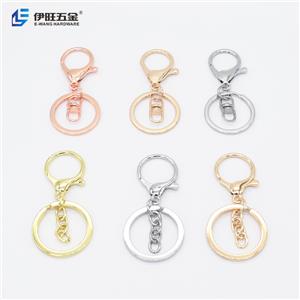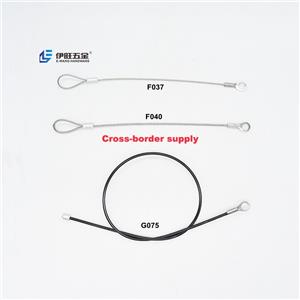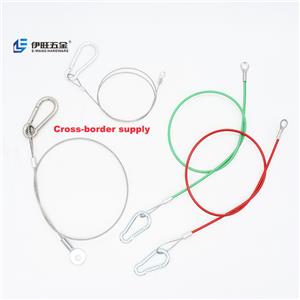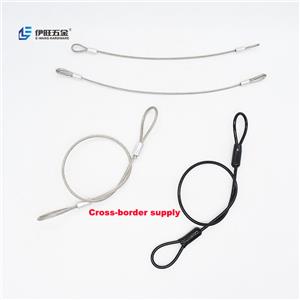The Ultimate Guide to Outdoor Wall Hooks: Organize, Decorate, and Maximize Your Space
**Chapter 1: Understanding the Anatomy of an Outdoor Wall Hook**
Before we explore the varieties, let's break down the basic components of a typical outdoor wall hook. Understanding these parts will help you make more informed decisions.
1. **The Hook:** The curved or shaped part that actually holds the item. It can be a simple curve, a double or triple prong, a closed loop, or a specialized design for a specific item like a bike or a hose.
2. **The Back Plate or Base:** The flat part that rests against the wall. This distributes the weight of the load and provides a larger surface area for a secure attachment. The design of the back plate can range from minimalist and modern to ornate and traditional.
3. **The Fastener Holes:** The holes in the back plate through which screws or bolts are inserted to secure the hook to the wall. The number and placement of these holes are crucial for weight distribution.
4. **The Fasteners:** The screws, bolts, or anchors provided (or that you need to purchase separately) to complete the installation. **For outdoor use, these must be corrosion-resistant.**
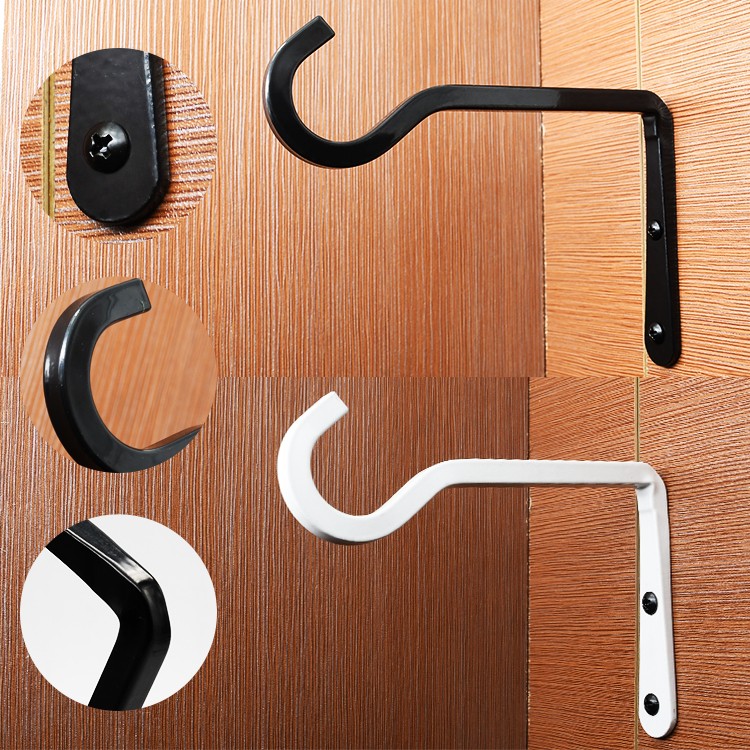
### **Chapter 2: A Universe of Choices - Types of Outdoor Wall Hooks**
Not all hooks are created equal. The variety available today is vast, each type engineered for specific purposes and aesthetic preferences.
#### **2.1. By Design and Functionality**
* **Single Hooks:** The most basic and versatile type. Perfect for individual items like a single gardening trowel, a wind chime, or a coat. They offer flexibility in placement.
* **Double and Triple Hooks:** These feature two or three hooks emanating from a single back plate. They are space-saving champions, ideal for organizing clusters of items like a set of garden tools, grilling utensils, or multiple dog leashes.
* **Heavy-Duty Hooks:** Engineered for substantial weight. They are typically made from thick-gauge steel, feature a robust back plate, and require serious wall anchors. Use these for hanging bicycles, ladders, heavy planters, porch swings, or even kayaks.
* **Decorative Hooks:** Where form meets function. These hooks prioritize aesthetics, often featuring intricate designs, animal motifs, geometric patterns, or artistic shapes. They are perfect for front entryways, garden gates, or patio areas where you want the hook itself to be a visual statement.
* **Adhesive Hooks:** A modern solution for renters or those hesitant to drill into their walls. High-quality outdoor-rated adhesive hooks can hold significant weight on smooth, non-porous surfaces like vinyl siding or glass. However, they are generally not suitable for textured surfaces, extreme temperatures, or the heaviest items.
* **Magnetic Hooks:** A niche but useful type for metal surfaces like sheds, garage doors, or metal fences. They provide instant, tool-free installation but are limited by the strength of the magnet and the requirement of a ferrous metal surface.
* **Over-the-Door Hooks:** While typically for indoor use, there are outdoor-rated versions designed for patio or shed doors. They are non-permanent and easy to install but are limited by the door's thickness and strength.
#### **2.2. By Specialized Use**
* **Bike Hooks:** Specifically designed to hold a bicycle by its frame or wheel. They often feature a rubberized or plastic coating to prevent scratching the bike's finish. Some models allow the bike to be stored vertically, while others hold it horizontally.
* **Hose Hooks/Reels:** These are not just hooks but often a larger apparatus designed to neatly coil a garden hose, preventing kinks and tripping hazards. They can be wall-mounted or free-standing.
* **Plant Hooks/Hangers:** These often include a hook with an extended arm to allow hanging planters to swing freely and receive more light. They can be simple J-hooks or more decorative shepherd's hooks that mount to a wall.
* **Light Hooks:** Small, often clear or discreet hooks designed specifically for hanging string lights, lantern cords, or holiday decorations without being overly visible.
* **Ladder Hooks:** Heavy-duty, often J-shaped hooks that securely grip the rungs of a ladder for safe and space-efficient storage in a garage or shed.
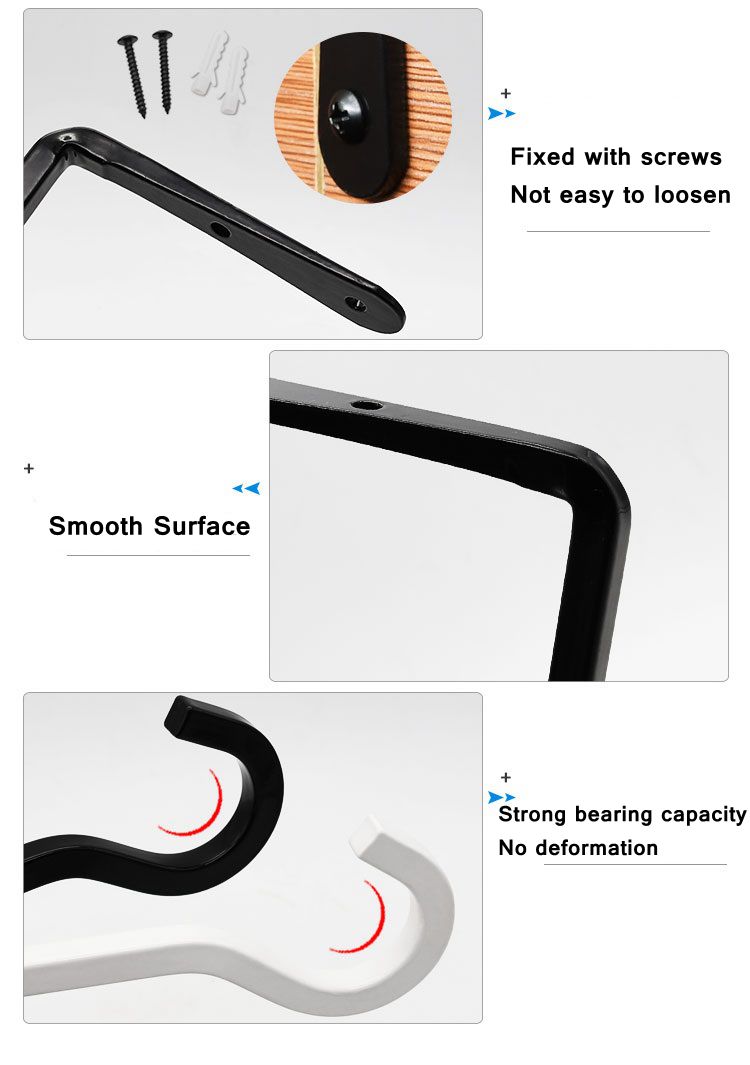
### **Chapter 3: The Battle Against the Elements - Materials and Finishes**
This is the most critical chapter. The primary difference between an indoor and an ** wall hook** is its ability to resist environmental degradation. The material and finish determine its lifespan, strength, and appearance.
#### **3.1. Core Materials**
* **Stainless Steel:** The gold standard for outdoor durability. Specifically, **304 and 316 Grade Stainless Steel** are highly resistant to rust and corrosion, making them ideal for coastal areas or regions with high humidity and salt exposure. They are strong, durable, and often have a sleek, modern look.
* **Wrought Iron:** Classic and incredibly strong. Wrought iron hooks are perfect for a traditional or rustic aesthetic. However, iron is prone to rust if not properly finished. Always look for wrought iron with a high-quality protective coating like powder coating.
* **Cast Aluminum:** A fantastic alternative to iron. Aluminum is naturally rust-proof and much lighter than iron, yet it can be cast into intricate decorative shapes. It's durable and maintains its appearance well over time.
* **Solid Brass:** Offers a beautiful, timeless look that develops a patina over time. Brass is naturally corrosion-resistant, though it can tarnish. Many brass hooks come with a protective lacquer coating to preserve their shiny finish.
* **Copper:** Prized for its aesthetic appeal, copper develops a distinctive green verdigris patina over time. It is naturally antimicrobial and corrosion-resistant. Like brass, it can be lacquered to maintain its original color.
* **Plastic/Composite Polymers:** Modern engineering plastics like ABS or reinforced nylon can be surprisingly strong and are completely impervious to rust. They are affordable, lightweight, and often come in various colors. Best for medium to light-duty applications.
#### **3.2. Protective Finishes**
The finish is the shield that protects the base material and adds color or texture.
* **Powder Coating:** This is the premier finish for outdoor metal goods. A dry powder is electrostatically applied and then cured under heat, forming a hard, durable, and uniform skin that is far more resistant to chipping, scratching, and fading than paint. It is available in a vast array of colors, from matte black to vibrant custom hues.
* **Galvanization:** A process where steel is coated in a layer of zinc to prevent rust. Hot-dip galvanizing creates a thick, rugged coating, often with a characteristic crystalline "spangle" pattern. It's extremely durable but less decorative.
* **Electroplating:** A process like zinc plating or chrome plating that applies a thin, protective metal layer. It provides good corrosion resistance and a shiny appearance but can be less durable than powder coating over the long term.
* **Painted Finishes:** While less durable than powder coating, quality outdoor-rated paint can still be effective. Look for paint that is UV-resistant to prevent fading.
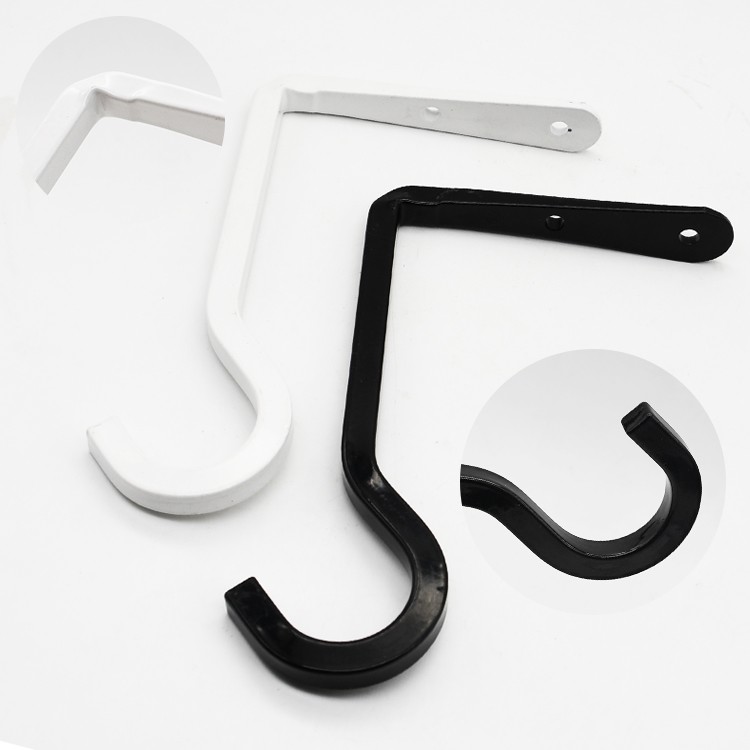
### **Chapter 4: The Installation Masterclass - Doing It Right**
A beautiful, durable hook is only as strong as its installation. Proper installation is non-negotiable for safety and performance.
#### **Step 1: Planning and Placement**
* **Consider the Load:** What are you hanging? A 2-pound watering can requires a different approach than a 40-pound bicycle.
* **Find the Stud:** For anything more than a few pounds, you must anchor your hook into a wall stud (the wooden frame behind the siding). Use a stud finder to locate it. This is the strongest point of attachment.
* **Alternative: Use Wall Anchors:** If you cannot hit a stud (common with brick, stone, or siding), you must use appropriate wall anchors. For outdoor use, choose heavy-duty, weather-resistant anchors like sleeve anchors for masonry or toggle bolts for hollow walls with heavy loads.
* **Check for Hazards:** Before drilling, ensure there are no electrical wires, plumbing, or cables behind your chosen spot.
#### **Step 2: Gathering Your Tools**
You will typically need: a drill, drill bits (including a bit sized for your anchors), a screwdriver, a tape measure, a pencil, a level, and safety glasses.
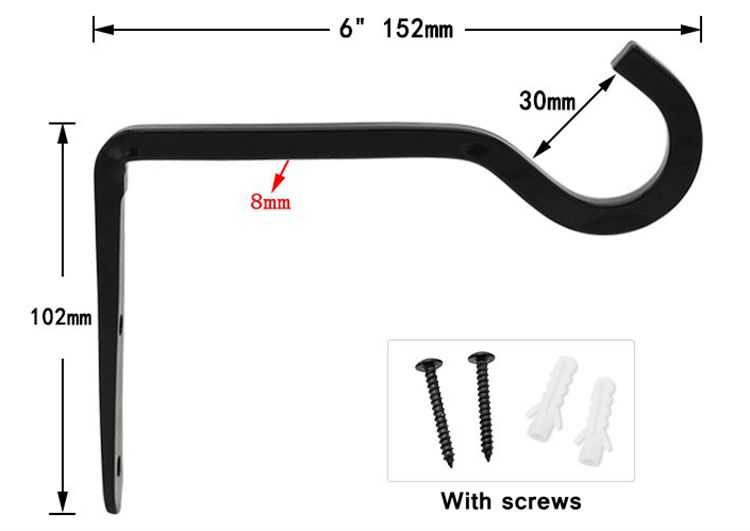
### **Chapter 5: Unleashing Creativity - Endless Uses for Outdoor Wall Hooks**
The applications for outdoor wall hooks are limited only by your imagination. Here are some ideas to inspire you.
#### **5.1. The Organized Garage & Shed**
* Create a tool grid on one wall using multiple hooks to hang shovels, rakes, hammers, and saws.
* Use heavy-duty bike hooks to store bicycles and free up floor space.
* Install ladder hooks to safely store extension ladders overhead.
* Hang utility hooks for extension cords, hoses, and storage bins.
#### **5.2. The Entertainer's Patio & Deck**
* Use decorative hooks to hang string lights, creating a magical evening ambiance.
* Install sturdy hooks for a hanging daybed or porch swing.
* Mount double hooks near the grill to keep tongs, spatulas, and grill brushes within easy reach.
* Place a few hooks by the door for hanging towels, robes, or picnic baskets.
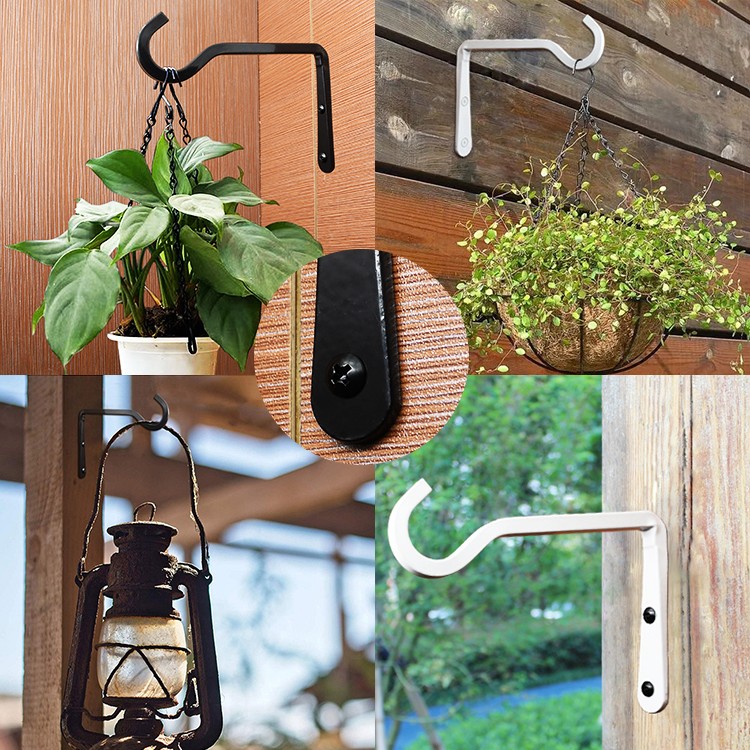
**Conclusion: Elevate Your Space, One Hook at a Time**
The **outdoor wall hook** is a testament to the idea that the simplest tools can have the most profound impact. It is a bridge between chaos and order, between a bare wall and a personalized sanctuary. By understanding the types, materials, and proper installation techniques, you are no longer just buying a hook—you are investing in a smarter, more beautiful, and more functional outdoor living experience.

